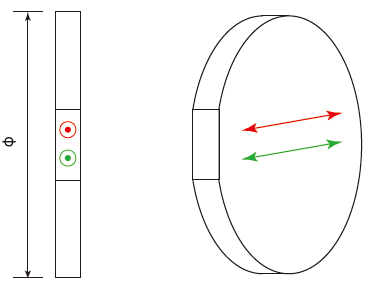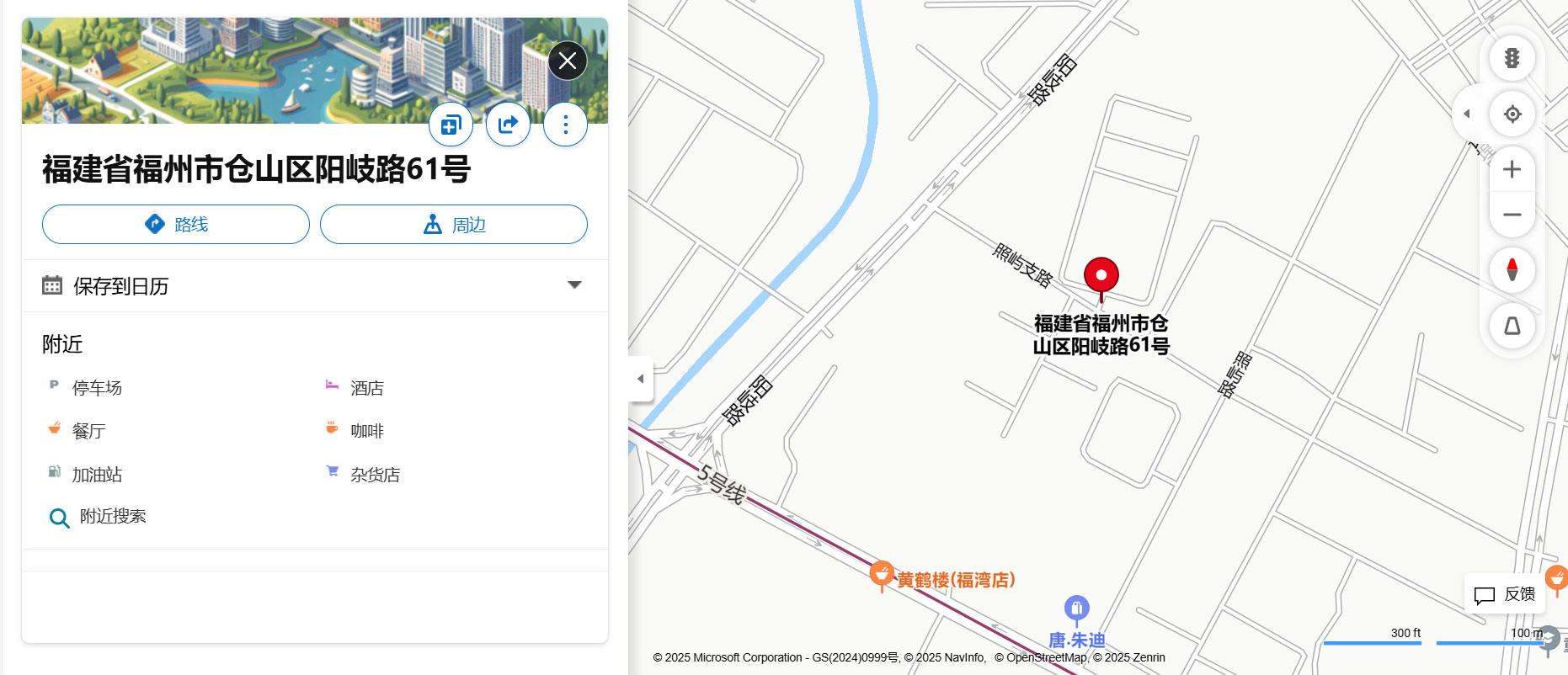Dual Wavelength Waveplate is an advanced optical component designed to precisely control the polarization states of two distinct laser wavelengths. It is widely used in laser technology, nonlinear optical systems, and precision optical instruments. Its core function is to provide predefined phase retardation at two specific wavelengths, optimizing polarization conversion efficiency and meeting the demands of complex optical systems.
 |
Item No :
WPDProduct Origin :
FuzhouSpecifications:
|
Material:
|
Quartz
|
|
Diameter Tolerance:
|
+0.0, -0.1mm
|
|
Wavefront Distortion :
|
λ/8 @ 632.8nm
|
|
Retardation Tolerance:
|
λ/300
|
|
Parallelism:
|
<1 arc second
|
|
Surface Quality:
|
20/10
|
|
Clear Aperture:
|
>90%
|
|
Coating:
|
S1&S2: R<0.2% @ wavelength
|
Standard Products:
|
P/N#
|
Diameter(mm)
|
Phase Retardation
|
|
WPD1212
|
12.7
|
λ@1064nm +λ/2 @532nm
|
|
WPD1221
|
12.7
|
λ/2 @1064nm +λ@532nm
|
|
WPD1512
|
15.0
|
λ@1064nm +λ/2 @532nm
|
|
WPD1521
|
15.0
|
λ/2 @1064nm +λ@532nm
|
|
WPD2012
|
20.0
|
λ@1064nm +λ/2 @532nm
|
|
WPD2021
|
20.0
|
λ/2 @1064nm +λ@532nm
|
|
WPD2512
|
25.4
|
λ@1064nm +λ/2 @532nm
|
|
WPD2521
|
25.4
|
λ/2 @1064nm +λ@532nm
|
Technical Advantages of Dual Wavelength Waveplate:
The dual wavelength waveplate achieves simultaneous precise phase retardation ( λ/4 or λ/2) for two specific wavelengths (such as fundamental and frequency-doubled light) through sophisticated optical design. Its technical advantages include optimizing thickness matching with birefringent materials like quartz and mica, ensuring phase retardation errors of less than 3% at both wavelengths. The compact structural design eliminates losses from stacking traditional single-wavelength waveplates, with a volume only half of combined schemes. In laser processing, it simultaneously controls the polarization states of 1064nm fundamental light and 532nm frequency-doubled light, enhancing material absorption of dual-wavelength energy. In WDM fiber communication systems, it supports polarization multiplexing for 1310/1550nm dual wavelengths, reducing optical components and insertion loss to achieve polarization-dependent loss (PDL) below 0.5dB, significantly enhancing transmission stability for dual-band signals.
